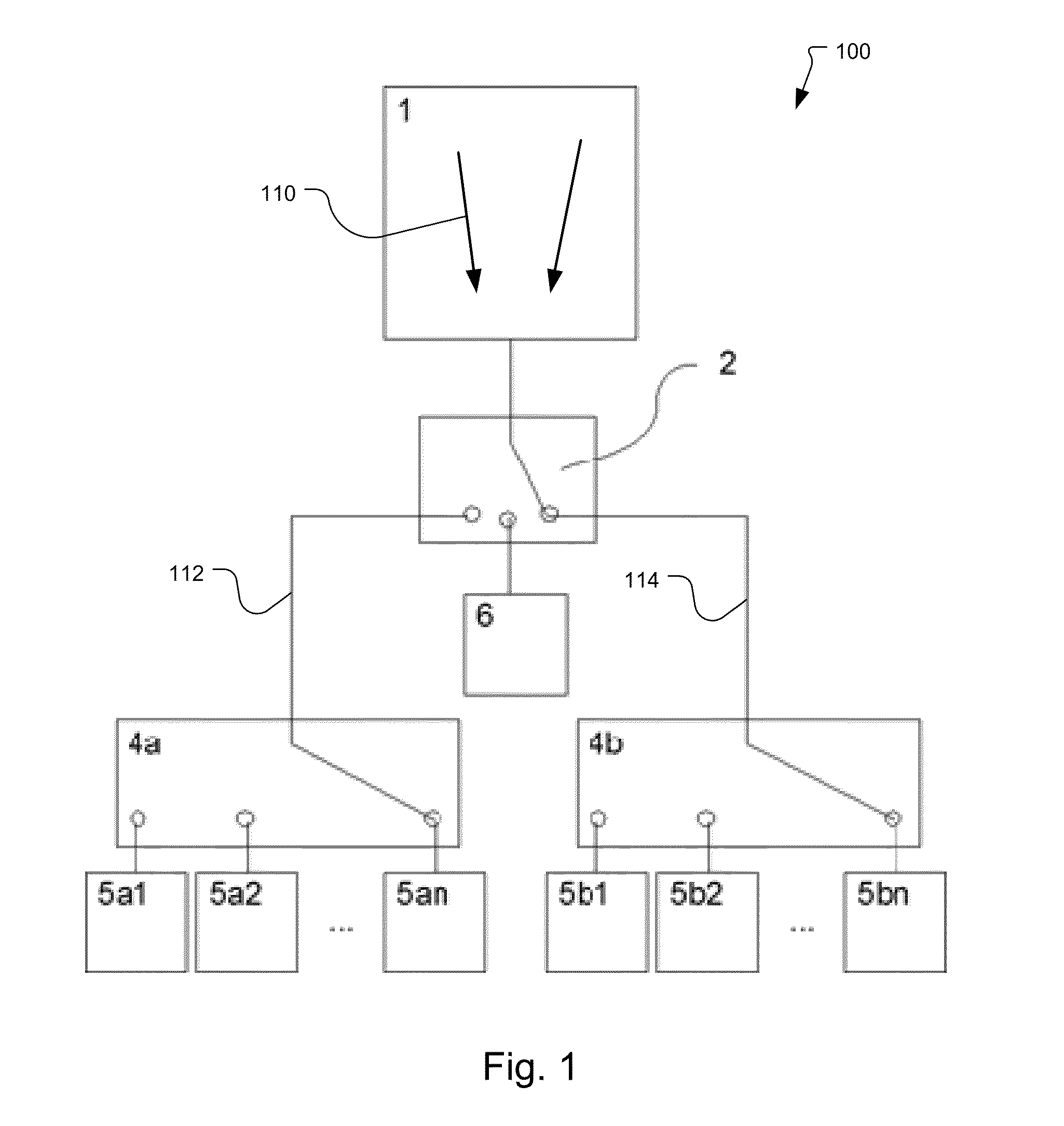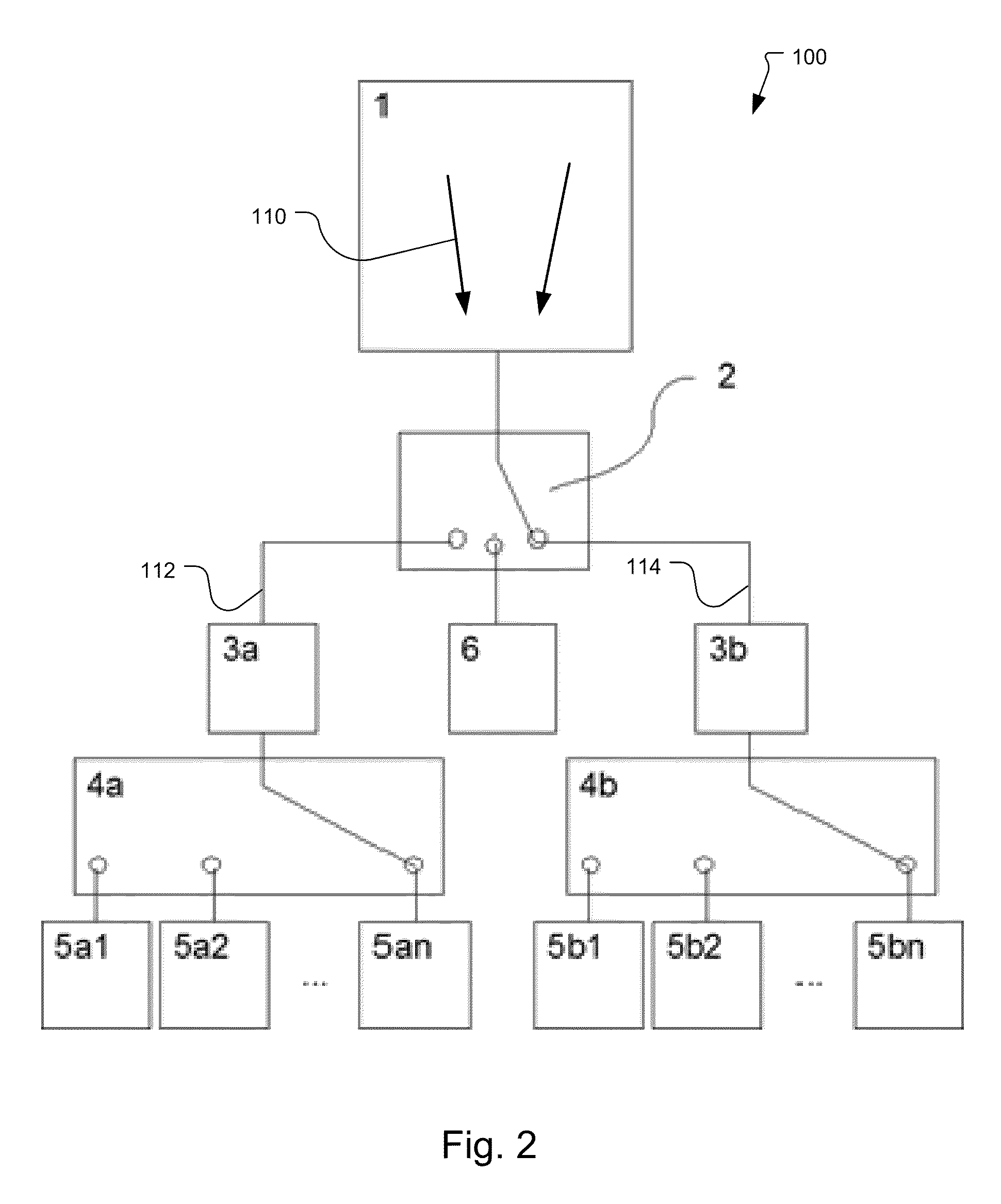Multistage Demodulation Pixel and Method
a multi-stage demodulation and pixel technology, applied in the direction of exposure control, optical radiation measurement, instruments, etc., can solve problems such as inaccurate depth maps, and achieve the effect of reducing motion artifacts and improving performance in ambiguity-range or resolution
- Summary
- Abstract
- Description
- Claims
- Application Information
AI Technical Summary
Benefits of technology
Problems solved by technology
Method used
Image
Examples
Embodiment Construction
[0029]FIGS. 1 and 2 illustrate to demodulation pixels 100 that have been constructed according to the principles of the present invention.
[0030]The disclosed pixels 100 include at least one photo-sensitive area 1 that transfers the photo-charges quickly out of the photo-sensitive area. For this fast charge transport, a number of mechanisms are used in different implementations to generate a lateral drift field 110. In one implementation, the fast charge transport is provided by a series of gates or resistive gates as described in US 2008 / 0239466 A1, which is incorporated herein by this reference in its entirety. In another implementation, a pinned photo diode structure is used. In still other implementations, majority currents in the substrate or built-in drift fields are used. Still other mechanisms are possible. The key functionality is that photo-charges generated in the photosensitive area are transported in the direction of arrow 110 such as by a lateral drift field that is eit...
PUM
 Login to View More
Login to View More Abstract
Description
Claims
Application Information
 Login to View More
Login to View More - R&D
- Intellectual Property
- Life Sciences
- Materials
- Tech Scout
- Unparalleled Data Quality
- Higher Quality Content
- 60% Fewer Hallucinations
Browse by: Latest US Patents, China's latest patents, Technical Efficacy Thesaurus, Application Domain, Technology Topic, Popular Technical Reports.
© 2025 PatSnap. All rights reserved.Legal|Privacy policy|Modern Slavery Act Transparency Statement|Sitemap|About US| Contact US: help@patsnap.com



